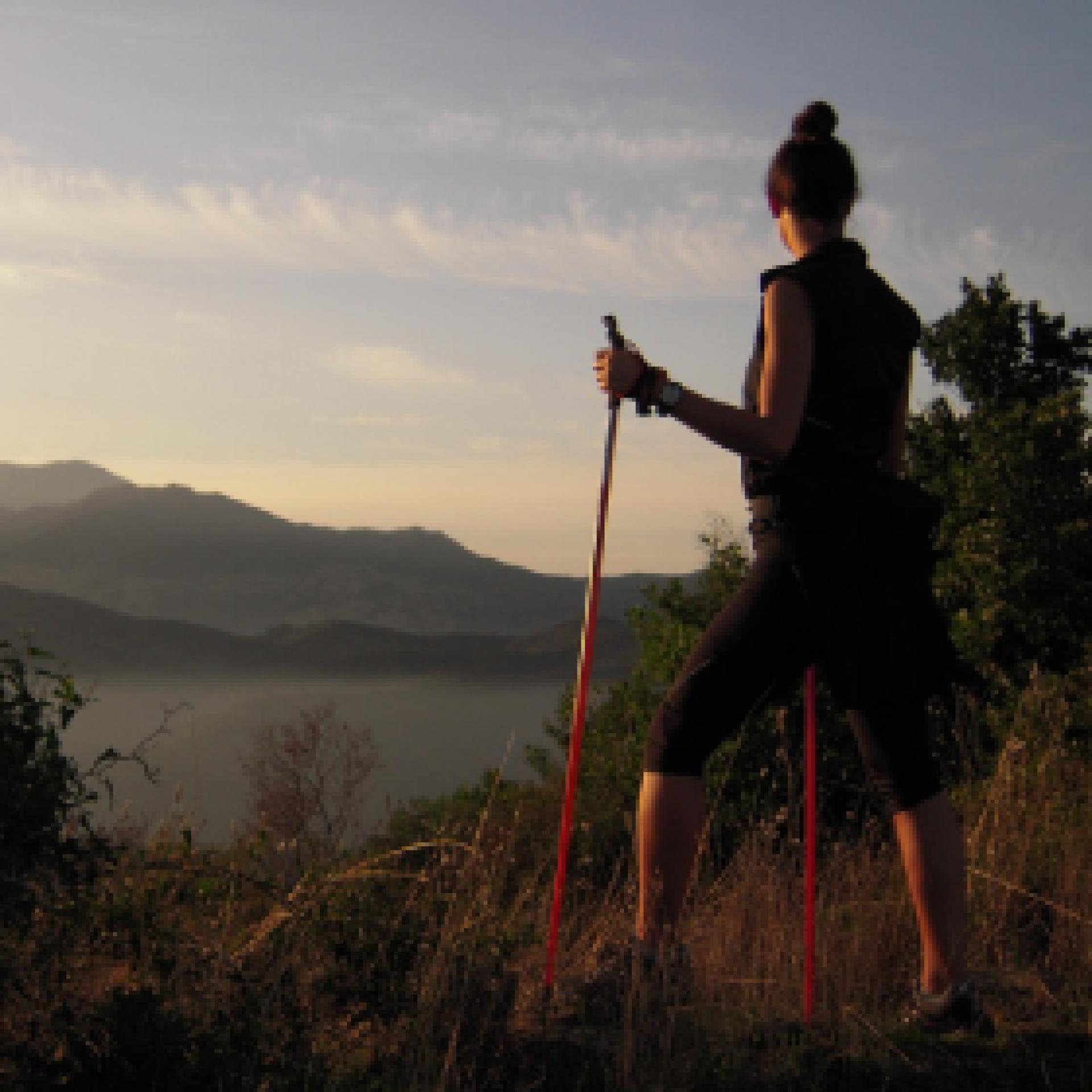Access
Although the municipal park of Puddis is owned by the Municipality of Lodine, it belongs territorially to the Municipality of Gavoi, but the strong bond of the Lodinese community with this mountain is also due to its proximity, to the small mountain centre of Gavoi. You therefore set off on foot from the SP30, which is also the main road, spotting the signs for the Puddis Municipal Park that lead to the slightly downhill Via IV Novembre.
The Natural Spring
After a short stretch, turn right, quickly reaching the natural spring of S’Antana 'e Bidda, located slightly below street level and always a fresh, pleasant ambience. With the spring situated behind your shoulder, begin to climb gradually onto a rolling road, flanked by dry stone walls, surrounded by mature and sparse downy oaks, in the distinctive environment of the Barbagia di Ollolai. The road goes on straight and after the first stretch it flattens out, remaining cemented up to a large clearing, where the paved section ends. Slightly to the left, in respect to the direction of arriving, there is located a gate that must be closed, whilst a wooden sign indicates that you have arrived at the park of Puddis.
Puddis
One then enters the large tancato, aiming for a dirt road on the left. It would also be possible to visit the chestnut grove, located at a lower altitude, which is currently being coppiced by the local government. Having taken the dirt road, you start climbing slightly, flanked by a wood of rather young downy oaks, interspersed with dense heather. The profile of a large antenna that acts as a television repeater stands out over the area. The road continues in a south westerly direction and then bends sharply to the right in the direction of the antenna. On the left here is a narrow path that descends slightly, which heads towards a large clearing overlooked and dominated by some beautifully shaped granite rocks, decorated with beautiful tafonate.
Lake view
One cautiously climbs up the rocks, to discover a panorama of extraordinary vastness. At the foot of the peak, the valley of Gusana opens up, with its mountain lake surrounded by woods taking centre stage. Gennargentu and Supramonte, in the background, crown with their mountainous silhouettes a maze of wooded valleys, undulating ridges, broken by granite peaks, distant mountain villages or deep gorges. Near the cliff, the houses of Gavoi and the peaks of San Basilio conclude this extraordinary view of this corner of Sardinia. Once the visit is complete, you return to the village by the road you followed on the outward journey.

